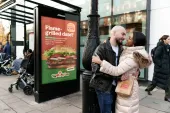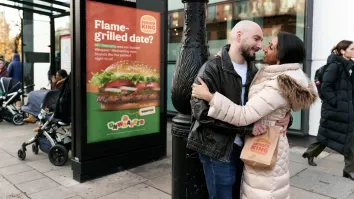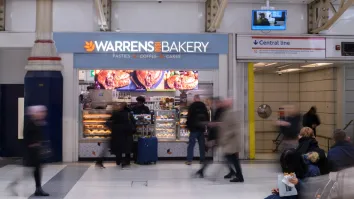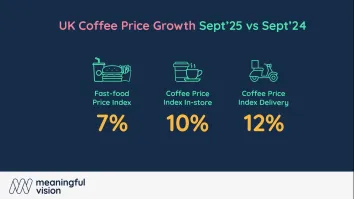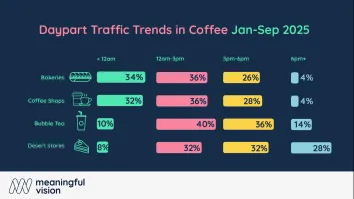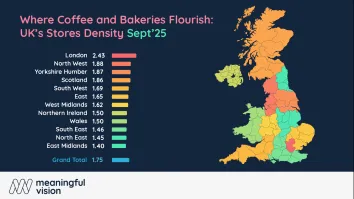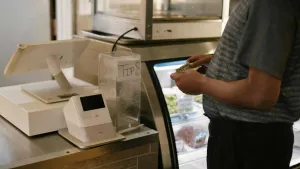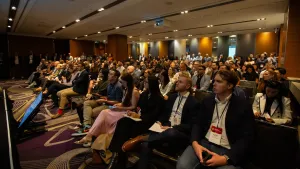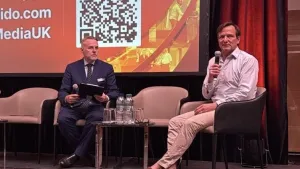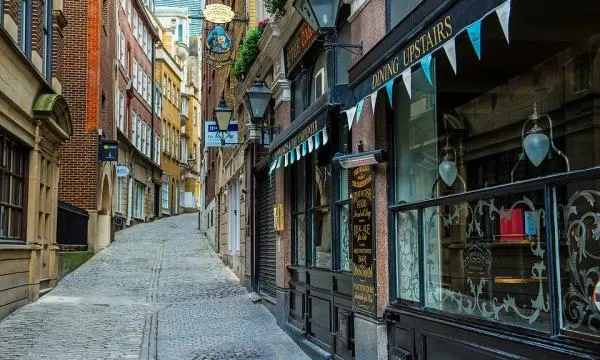
Shop openings see a sharp slowdown in Q2 2017, says LDC
It is the biggest fall between two consecutive quarters in the past five years.
LDC’s latest bi-annual Retail and Leisure Trends Report titled 'Turning Point' shows that the second quarter of 2017 saw the number of shop openings reduce by 84% compared to Q2 2016.
The impact of this slowdown in openings resulted in a net loss of -207 shops in the second quarter versus a net increase of +1,284 shops in the first quarter of the year. The net difference between these two periods is the biggest fall between any two consecutive quarters in the past five years.
Whilst the historical data illustrates volatility over time, between the number of openings and closures, the overall number has reduced significantly. The number of openings reduced from the 2012 quarterly average of 4,006 to 2,995 (-25%) in Q2 2017.
The openings and closures activity was reflected in the Shop Vacancy rate that started to rise in the second quarter of 2017. It rose in both May (+0.1%) and June (+0.1%) to 12.2%. This, however, is still significantly below the 2012 peak of 14.6% (see Figure 1).
New vacancies also increased from 3.3% of the total stock to 3.7% by the half year point. The retail vacancy rate stands at 12.2%.
The LDC report also compares recent results to those over the last five years and shows that: Retail parks have seen more net openings than high streets or shopping centres but are home to just 2.5% of all stores, high streets still house 50.5% of all retail and leisure outlets, and convenience food retailers topped the Retail fascia growth table in H1 2017, taking seven of the top 10 positions. LDC noted that Central London lost more shops, net, than anywhere else in GB.
Matthew Hopkinson of LDC said, “There was a striking turnaround in the second quarter of 2017 especially when compared to the trends of 2016, in the number of shop openings. The impact of Brexit is clear with Q2 showing a net loss of more than -200 shops versus positive growth in the previous quarter. Not only has the trend turned negative with more closures than openings but the volume of activity has also dropped by 25%. Whilst the numbers are currently relatively small to the total number of shops, the vacancy rate in Q2 started to rise and is likely to continue to do so if the current uncertainty continues.”
“The role of physical retailing continues to evolve and the place that a shop has in the overall buying cycle varies from brand to brand and sector to sector. Stores continue to perform a vital role in the purchase cycle and consumer journey but the key questions remain around how many shops you need, what kind of format and in which locations. With rising costs everywhere for retailers, margins are being squeezed and therefore understanding these micro to macro location trends is fundamental for retailer success. Shorter lease lengths and more proactive management by landlords is likely to increase the number of openings and closures of stores and thus more fluidity in the UK’s high streets. The changes in the first half of 2017 are a clear indicator of the uncertainty that permeates across all aspects of the UK economy,” he added.
Photo credit: Max Pixel
